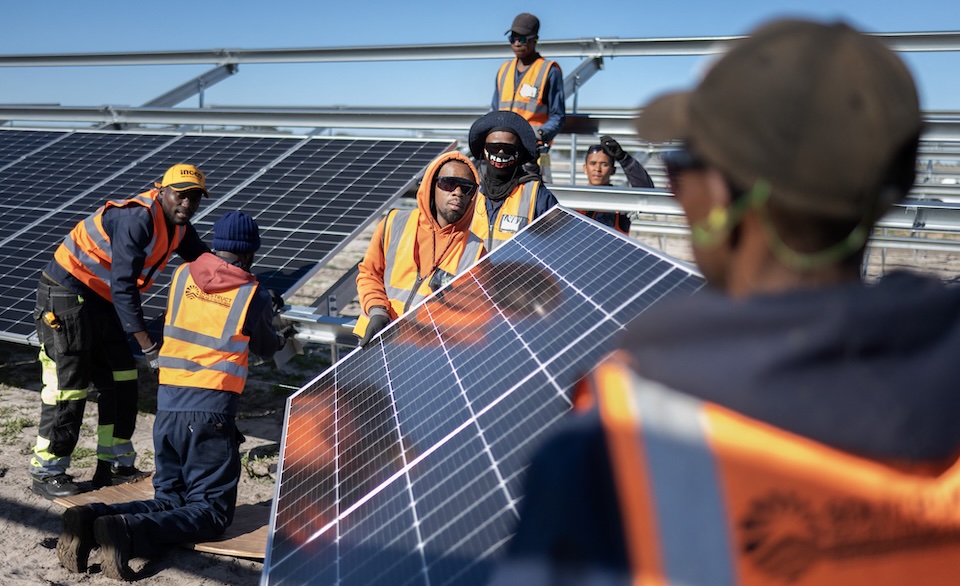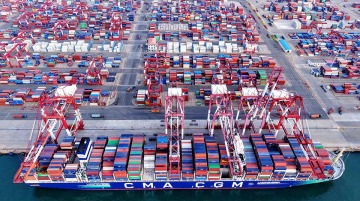
In many African countries, the future of electricity generation lies in renewables, and South Africa, where over 85% of the energy comes from coal-fired power plants, is already undergoing a shift.
Last year, South Africa imported Chinese solar panels that could power 3.8 million homes, establishing itself as a leader in the renewable energy sector on the continent.
“But this trend is beyond Africa,” notes Wei Shen, a political economist who worked for development finance agencies in China for over ten years, adding, “A similar surge is also noted in Asian countries like Pakistan. There are many drivers for this massive increase, but essentially it is the rebellion from the end users in the global South against the long-plagued malfunctioning energy system.”
Solar is currently generating 8 percent of South Africa’s electricity, a shift driven by aging coal plants and an overstretched transmission system, leading to an almost two-decade-long electricity supply crisis, commonly known as load-shedding, that ended in February this year.
South Africa accounted for the largest share of Chinese solar panel imports into Africa, but together with Nigeria, Morocco and Algeria, they made up more than half of the continent’s total imports between July 2024 and June 2025.
Beyond the needs of these African countries, the increased imports from China are driven by factors that extend beyond energy transition.
Wei notes that from within China, the shift in the US towards clean energy is another significant push for Chinese companies to take African and Asian markets more seriously.
President Donald Trump’s declaration of a “national energy emergency,” marked by renewed support for fossil fuels and the rollback of clean energy policies, has already begun to shape decisions by some governments and energy companies abroad.
Wei adds that the distribution markets developed in some leading African markets, mainly cultivated in the past decade, also played a role.
Although South Africa is an outlier in its energy consumption, the investment in renewable energy sources indicates the direction many African nations are taking to provide reliable power for their economies.
The country’s largest private solar project will power a Chinese chrome smelting factory even as the countdown to decommissioning seven coal-fired power stations by 2030 continues.
As African solar imports grow, Wei points out that whether the solar panels end up in rural or urban areas, in rooftop systems or large-scale parks, is not certain.
“The increased sales are certainly good news for the Chinese solar panel producers, as many are struggling under an insanely competitive market at home. However, we are not very clear about where all these panels are to be installed. It seems to be inevitable that there are trade-offs between these scenarios, as massive capacity development of roof-top systems will certainly put additional pressures on state utilities or even IPPs, both financially and technically.”
Several African countries still have large populations that are not connected to the grid. Some of them resort to using solar panels to power their homes and businesses. This could partly explain the surge in solar imports and where they end up..
WHY IS THIS IMPORTANT? Even in countries with relatively low solar panel adoption rates, this growth suggests that the solar market expansion is driven by factors demanding more energy, like manufacturing, more off-grid connections, or charging infrastructure, as the shift to EVs grows.
While it is difficult to pinpoint this growth to a specific element, how the solar sector evolves will be driven mainly by increased interest in supplementing or replacing legacy energy generation projects, such as coal, gas, and heavy oil, as climate change concerns grow.










